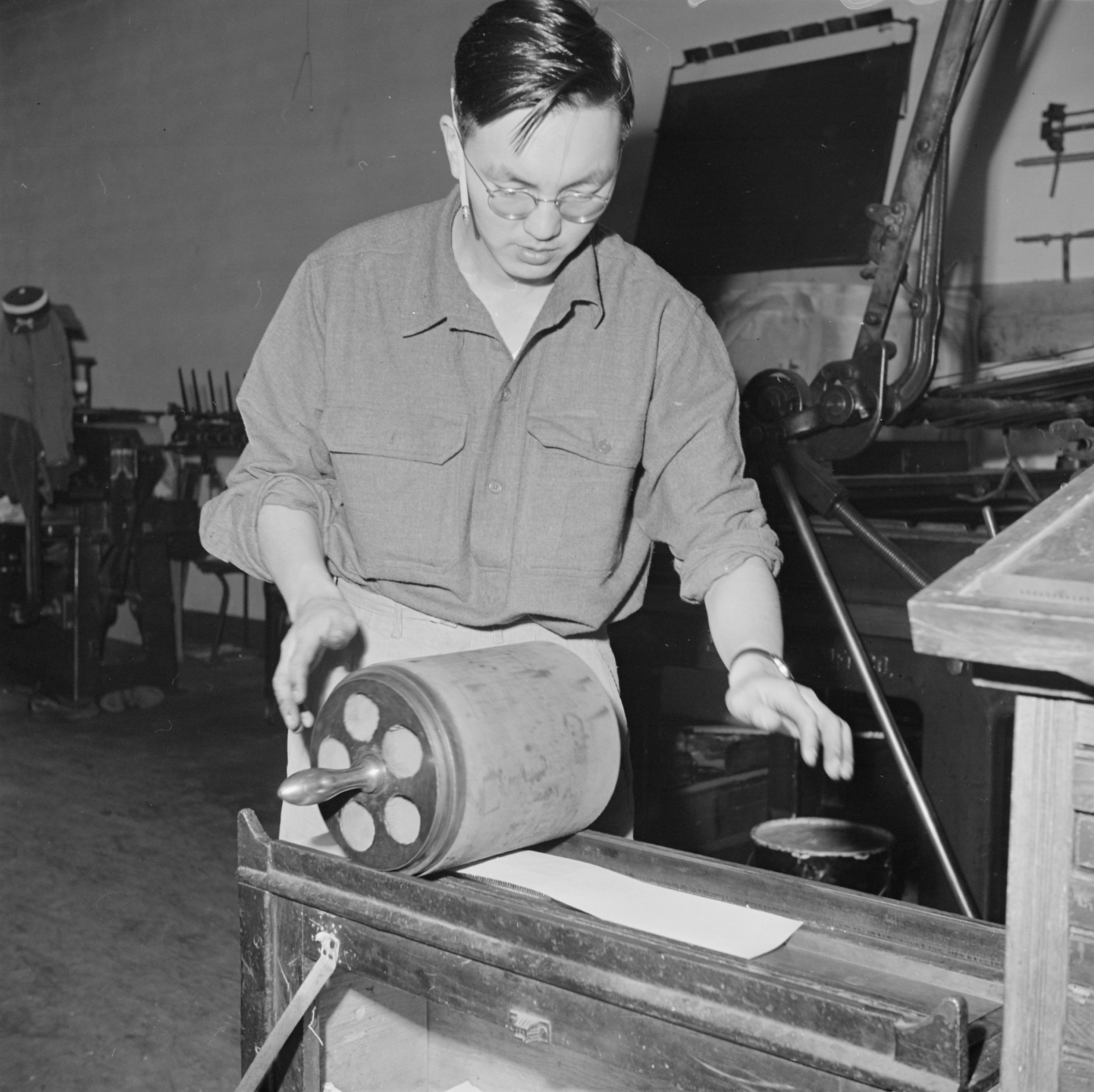I think it's a pretty good sign that a new restaurant is getting a lot of buzz if you dream about eating there, and last night I dreamed that I was dining at Mike Lata's and Adam Nemirow's new King Street oyster bar venture, The Ordinary. And, I have to say that, based upon my dream, I was not particularly impressed.
For starters, it was really, really loud. As I sat at the bar, which was made of boring brown wood and not nearly as impressive as all the pictures I'd seen online and in the Charleston City Paper, I tried to chat up Mike Lata and get his recommendations on what was good and fresh that day, but I had a hard time hearing him over the roar of the crowd, and I ended up ordering a bowl of chili.
"You can't order a bowl of chili," Lata scolded me. "This is an oyster bar!"
And I found that quite rude. I mean, really, it's your restaurant. If you don't want people ordering the chili, then why is it on the menu?
"So what would you recommend then?" I asked, which is actually what I had just asked a little while before but couldn't hear his answer because Lata's joint had such poor acoustics.
"Try the pizza," he said. "It's really good. Baked in a wood-fired oven."
Which struck me as kind of weird, since why would the chef at an oyster bar recommend pizza? I didn't even know they had a wood-fired oven, but they are all the rage now, and I believe in trusting your chef. So I ordered the pizza.
It arrived, surprisingly enough, in a big Domino's pizza box, and I couldn't figure out if that was some sort of intentional ironic dig at mainstream food culture or just poor planning on the part of new restaurant that had forgotten to order its own pizza boxes. I envisioned Brooks Reitz sneaking down the street and buying an armload of boxes from the closest delivery joint. Either way, it was pretty low rent.
And, when I opened the box, whoever had put the pizza in it had put it in upside down, the cheese all gooshed against the bottom of the box, and I had to flip the whole box over just to eat it. I would have complained to Lata, but by then he had moved on to chat up some other customers. But, despite the cheese being smeared all over tarnation, it was pretty good pizza.
So, that's the Ordinary in a nutshell, at least how I experienced it in my dream: crowded, loud, rude, and downright sloppy on the service.
I'm not sure what people are making all the fuss about.
For starters, it was really, really loud. As I sat at the bar, which was made of boring brown wood and not nearly as impressive as all the pictures I'd seen online and in the Charleston City Paper, I tried to chat up Mike Lata and get his recommendations on what was good and fresh that day, but I had a hard time hearing him over the roar of the crowd, and I ended up ordering a bowl of chili.
"You can't order a bowl of chili," Lata scolded me. "This is an oyster bar!"
And I found that quite rude. I mean, really, it's your restaurant. If you don't want people ordering the chili, then why is it on the menu?
"So what would you recommend then?" I asked, which is actually what I had just asked a little while before but couldn't hear his answer because Lata's joint had such poor acoustics.
"Try the pizza," he said. "It's really good. Baked in a wood-fired oven."
Which struck me as kind of weird, since why would the chef at an oyster bar recommend pizza? I didn't even know they had a wood-fired oven, but they are all the rage now, and I believe in trusting your chef. So I ordered the pizza.
It arrived, surprisingly enough, in a big Domino's pizza box, and I couldn't figure out if that was some sort of intentional ironic dig at mainstream food culture or just poor planning on the part of new restaurant that had forgotten to order its own pizza boxes. I envisioned Brooks Reitz sneaking down the street and buying an armload of boxes from the closest delivery joint. Either way, it was pretty low rent.
And, when I opened the box, whoever had put the pizza in it had put it in upside down, the cheese all gooshed against the bottom of the box, and I had to flip the whole box over just to eat it. I would have complained to Lata, but by then he had moved on to chat up some other customers. But, despite the cheese being smeared all over tarnation, it was pretty good pizza.
So, that's the Ordinary in a nutshell, at least how I experienced it in my dream: crowded, loud, rude, and downright sloppy on the service.
I'm not sure what people are making all the fuss about.



































